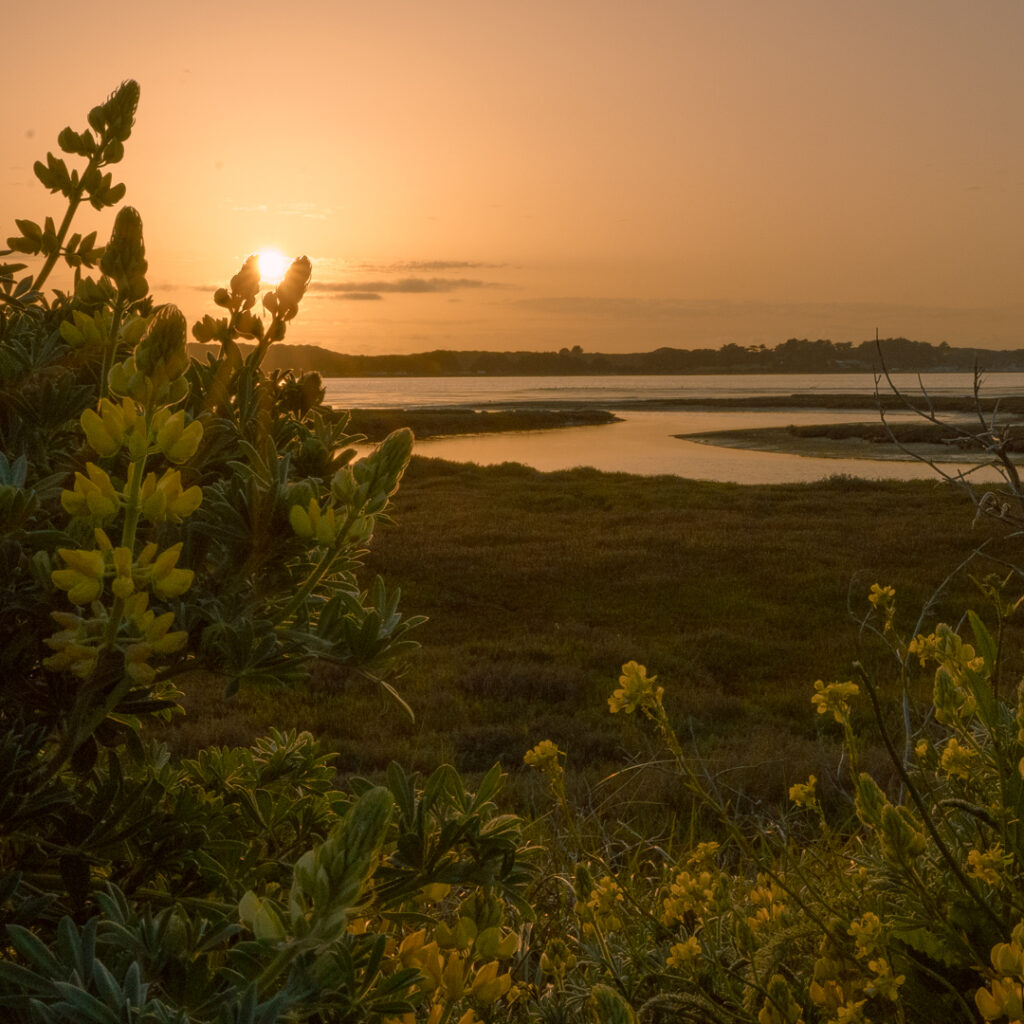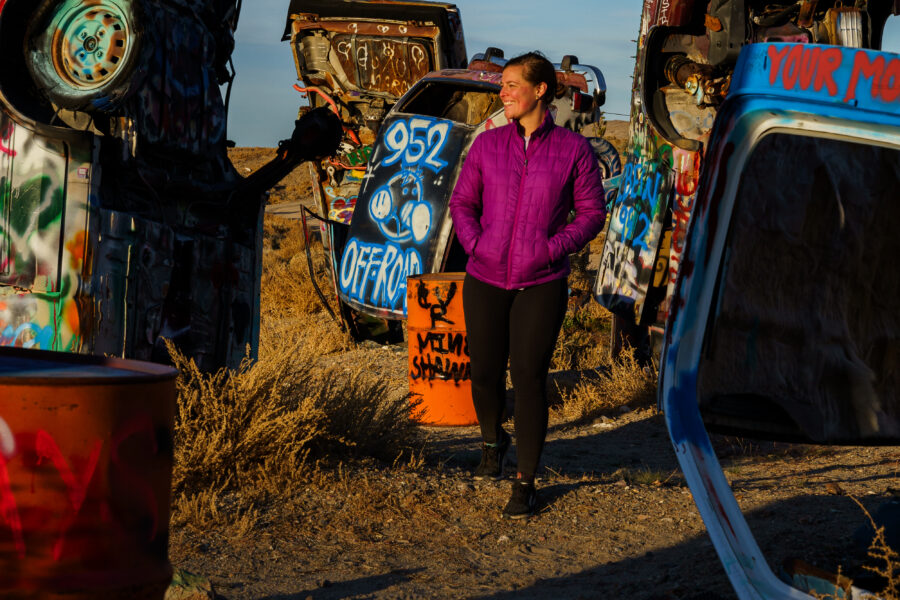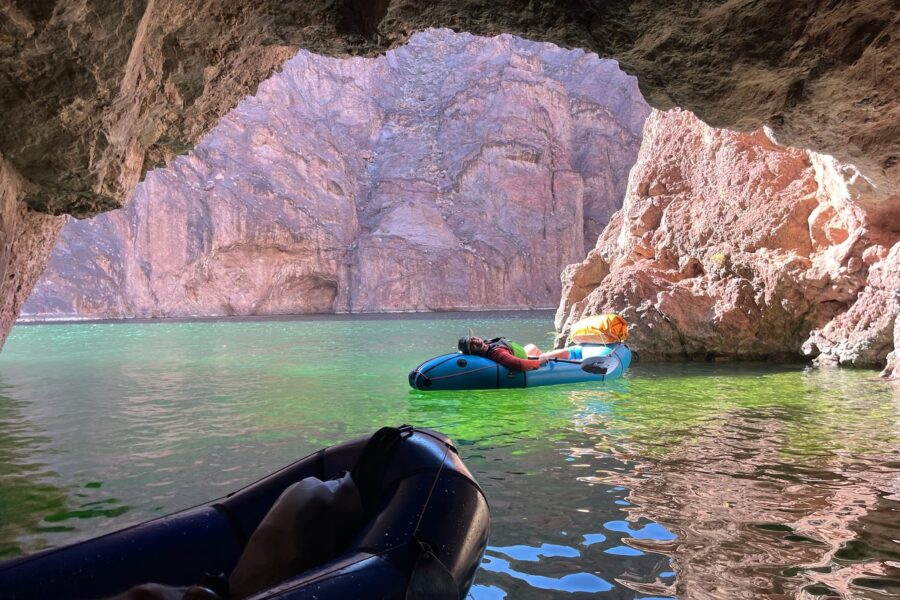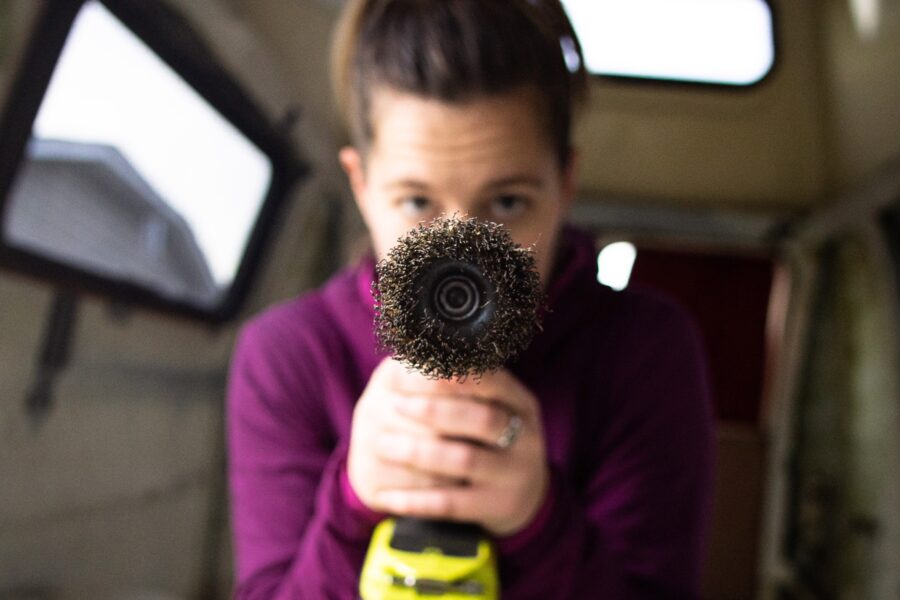
Join us, Liquid IV’s Impact On The Road Team to clean the beach with Heal The Bay. Where we dive into coastal conservation in Los Angeles, California.
Heal the Bay is a nonprofit, based in Los Angeles, committed to the protection of all things water! Coastal conservation is at the heart of everything they do. They use science based data to educate, to drive community action, and advocate for protective environmental policies. To start, they host community events that help gather data for scientists to determine water quality.
Heal the Bay monitors the quality of coastal waters and watersheds in the Greater Los Angeles area. They determine water quality from data collected by volunteers during clean ups, then it is analyzed by scientists, and reports are produced to tell the public health & safety of those waters. Looking at these reports were eye opening! For example, 24% of freshwater sites monitored in LA were deemed high health risk for humans. Heal the Bay is dedicated to addressing and healing the problems facing our waters.
Addressing water quality starts with the why. Coastal conservation goes far beyond protecting our natural habitats. California’s coast is experiencing a Coastal Squeeze, meaning that animal habitats are shrinking as sea levels rise and humans build. In addition to a lack of space, these waterways are overrun with pollution from inland sources, including things like litter and runoff. Healthy coasts are essential for humans and wildlife.
Why do we need to protect our coastlines??
- Protects us from storms and sea level rise
- Helps with temperature regulation
- Marine fog is essential for temperature regulation and many plants fully rely on it for survival
- Provides economic benefits to the people of LA county



Heal the Bay is combating poor water quality from inland sources, like litter and runoff that makes its way to our waters. This is a big problem that needs a multifaceted approach. To Heal the Bay, this means cleanups, education, and policy change. They host multiple cleanups a day! These cleanups do so much more than tidy the beach. They are able to gather information about what is contaminating our waters. Then they can use that information to advocate for policies that protect our health and waters.
Heal the Bay is taking bold climate action to address this pollution with cleanups, education, community action, and pushing for policies that protect our waters and public health.

What can we do?!
There are three methods to get involved with Heal the Bay. The first is with your time, which could mean participating in clean ups, educational events, and such. The second is with monetary donations. And the third is using your voice. Speak up for environmental policy, sign petitions, and share on socials. No matter where you are, cleaning up the environment around you, educating yourself on issues in your area, and using your voice to promote public and environmental health is helpful.
Regardless of where you live, you can take the lead from Heal the Bay. Learn about your local waterways. What are the challenges they’re facing? What organizations are helping with those problems? How can you get involved? Use this information to guide how you take action. Activism looks different for everyone: for some it can be cleaning up litter when you see it, signing petitions, or donating to organizations. Take action in a way that feels right for you and is sustainable.



TLDR
- Who: Heal the Bay
- What: Environmental nonprofit making the coastal waters and watersheds in Greater Los Angeles safe, healthy, and clean
- The Problem: Water contamination from litter & pollution. Coastal conservation for the health and safety of our communities, temperature regulation & wildlife.
- Their Efforts: Cleanups, providing education and water quality reports, and advocating for policy change to protect our water and public health
- How you can get involved: time (clean-ups, educational events), money (donations), voice (petitions, sharing on socials)

Join us at our next stop!
We’re headed to Moab Utah to learn about what over allocation is and what is happening to the Colorado River.
References:
https://healthebay.org/about/
https://coastalresilience.org/project/crla/
https://www.waterboards.ca.gov/water_issues/programs/beaches/beach_water_quality/
https://insideclimatenews.org/news/01022023/california-water-crisis/
https://www.watereducation.org/aquapedia/california-water-issues-overview
https://www.ppic.org/blog/the-ocean-is-more-than-a-pretty-place-to-californians/




